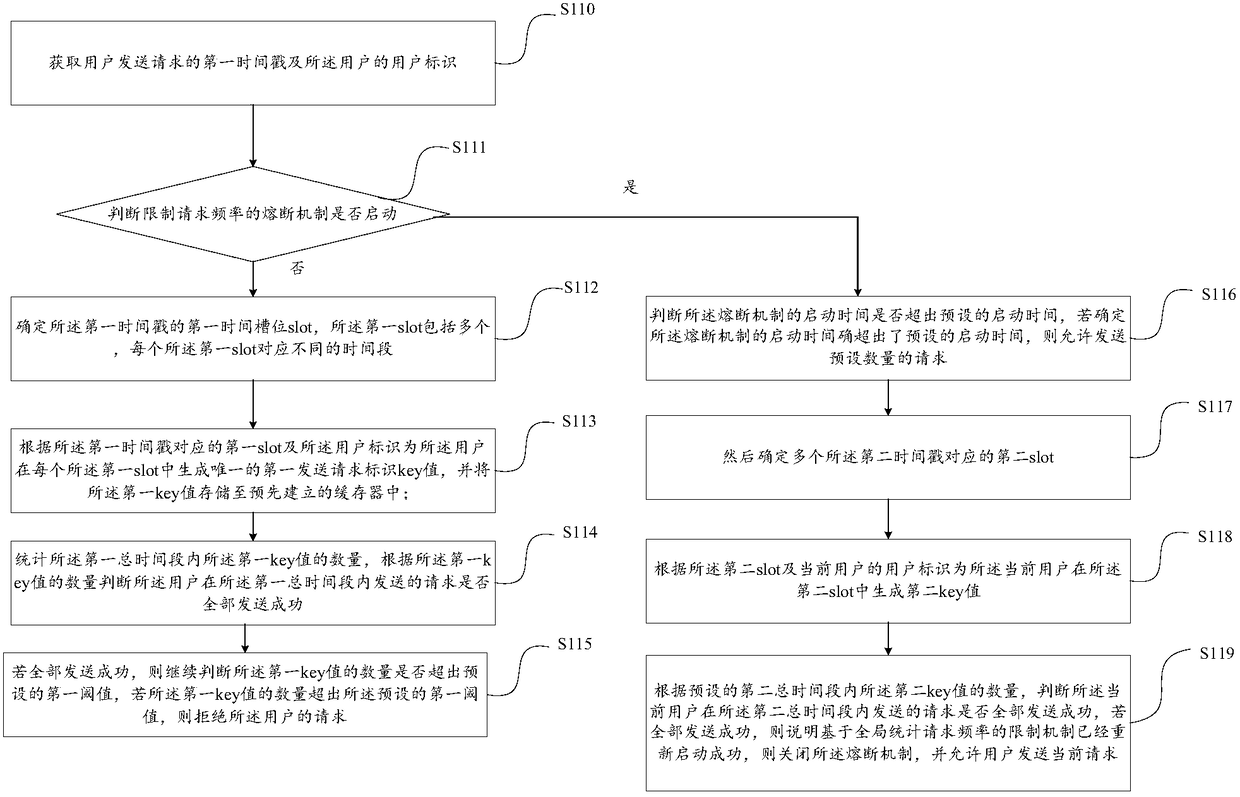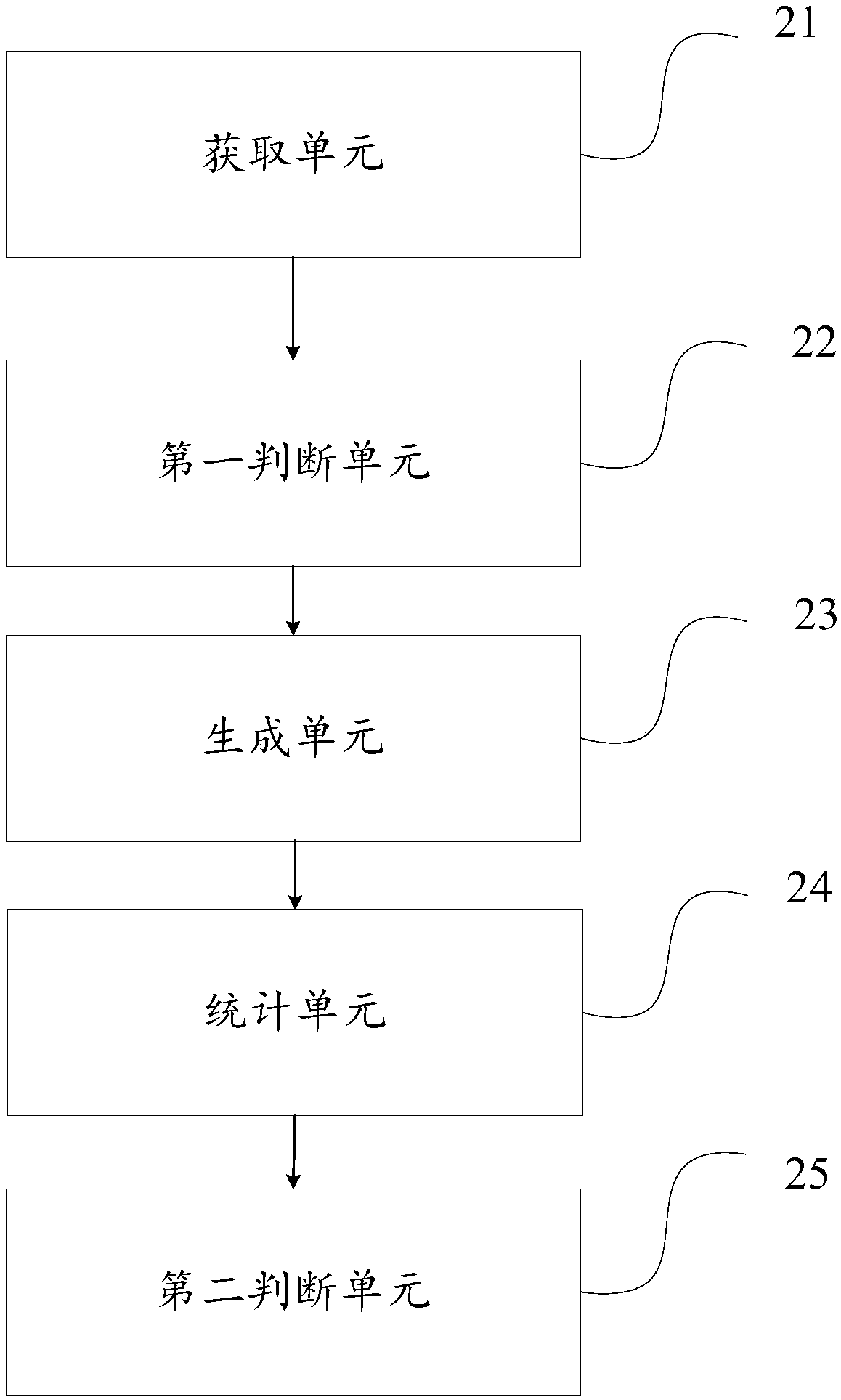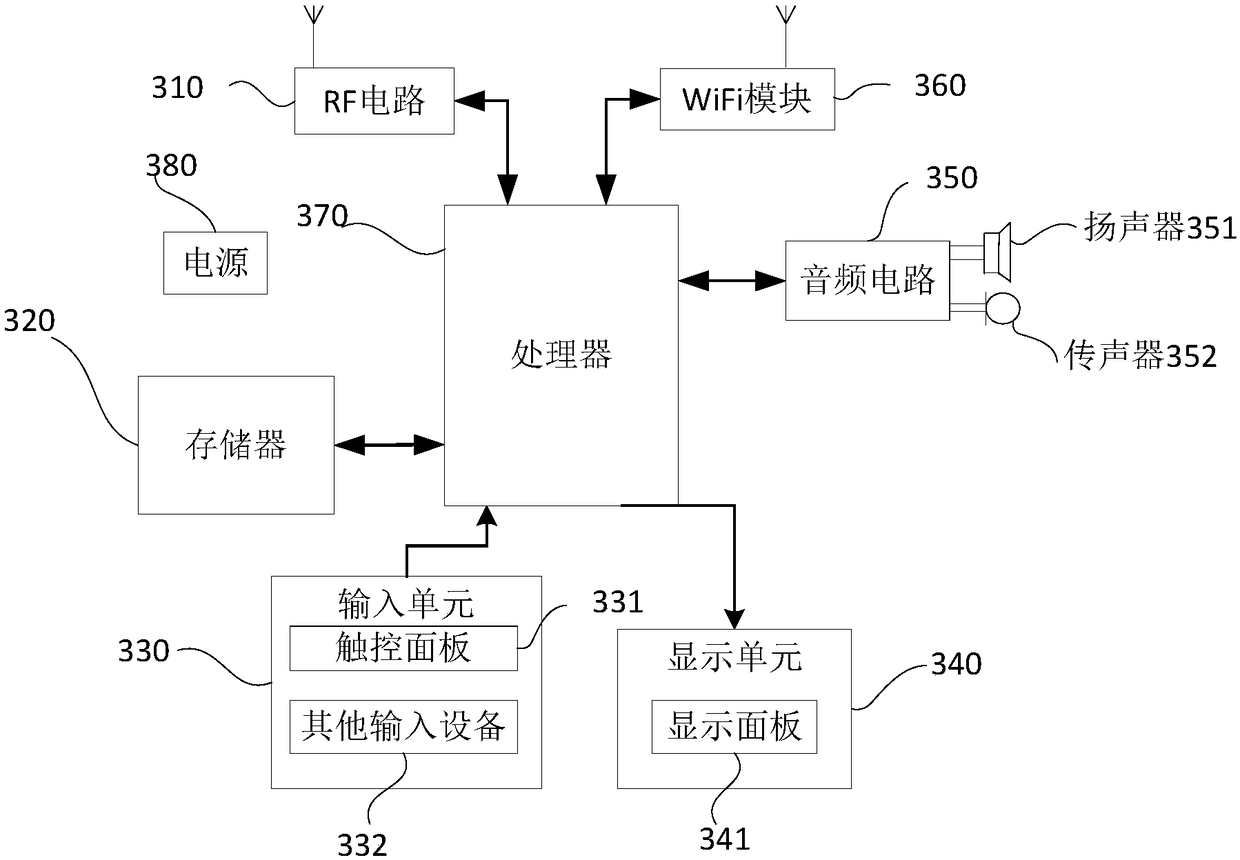Method, device and computer equipment for limiting request frequency
A frequency and request sending technology, applied in the direction of electrical components, transmission systems, etc., can solve the problems that the request frequency cannot be counted, and the request frequency of the client cannot be accurately limited.
- Summary
- Abstract
- Description
- Claims
- Application Information
AI Technical Summary
Problems solved by technology
Method used
Image
Examples
Embodiment 1
[0051] This embodiment provides a method for limiting request frequency, such as figure 1 As shown, the method includes:
[0052] S110. Obtain the first time stamp of the request sent by the user and the user identifier of the user;
[0053] In this step, the first time stamp of the request sent by the user and the user ID of the user are acquired. Wherein, the user in this embodiment may be multiple users, or only one user. In this way, the number of requests sent by the user is stored in the cache, and the number of requests sent by the user can be accurately counted. Wherein, the user identifier is the user's Internet protocol IP address, the user's login account ID in the live broadcast platform, or the device identification ID used by the user. When each user uses a device to log in to the live broadcast platform, the live broadcast platform will generate a unique device ID for the device.
[0054] For example, in the first total time period, if the user sends 5 reque...
Embodiment 2
[0086] Corresponding to Embodiment 1, this embodiment also provides a device for limiting request frequency, such as figure 2 As shown, the device includes: an acquisition unit 21, a first judgment unit 22, a generation unit 23, a statistical unit 24 and a second judgment unit 25; wherein,
[0087] The acquiring unit 21 is configured to acquire the first time stamp of the request sent by the user and the user identifier of the user.
[0088] Wherein, the user in this embodiment may be multiple users, or may be one user. In this way, the number of requests sent by the user is stored in the cache, and the number of requests sent by the user can be accurately counted. Wherein, the user identifier is the user's Internet protocol IP address, the user's login account ID in the live broadcast platform, or the device identification ID used by the user. When each user uses a device to log in to the live broadcast platform, the live broadcast platform will generate a unique device ID...
Embodiment 3
[0114] This embodiment also provides a computer device for limiting request frequency, such as image 3 As shown, the computer device includes: a radio frequency (Radio Frequency, RF) circuit 310, a memory 320, an input unit 330, a display unit 340, an audio circuit 350, a WiFi module 360, a processor 370, and a power supply 380 and other components. Those skilled in the art can understand that, image 3 The structure of the computer device shown in the above does not constitute a limitation to the computer device, and may include more or less components than those shown in the illustration, or combine some components, or arrange different components.
[0115] Combine below image 3 A detailed introduction to each component of computer equipment:
[0116]The RF circuit 310 can be used for receiving and sending signals, especially, after receiving the downlink information of the base station, the processor 370 processes it. Generally, the RF circuit 310 includes, but is not ...
PUM
 Login to View More
Login to View More Abstract
Description
Claims
Application Information
 Login to View More
Login to View More - R&D
- Intellectual Property
- Life Sciences
- Materials
- Tech Scout
- Unparalleled Data Quality
- Higher Quality Content
- 60% Fewer Hallucinations
Browse by: Latest US Patents, China's latest patents, Technical Efficacy Thesaurus, Application Domain, Technology Topic, Popular Technical Reports.
© 2025 PatSnap. All rights reserved.Legal|Privacy policy|Modern Slavery Act Transparency Statement|Sitemap|About US| Contact US: help@patsnap.com



